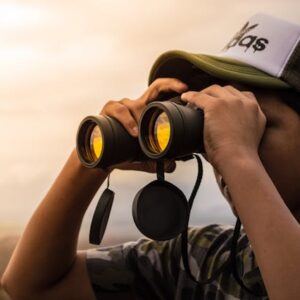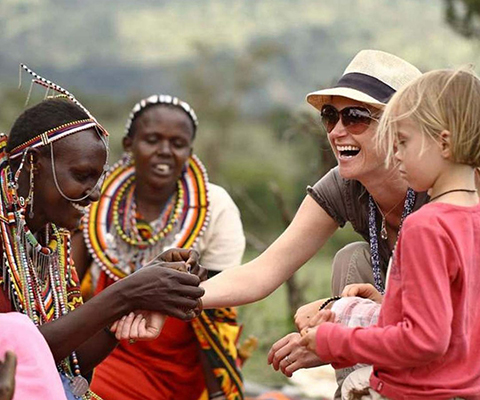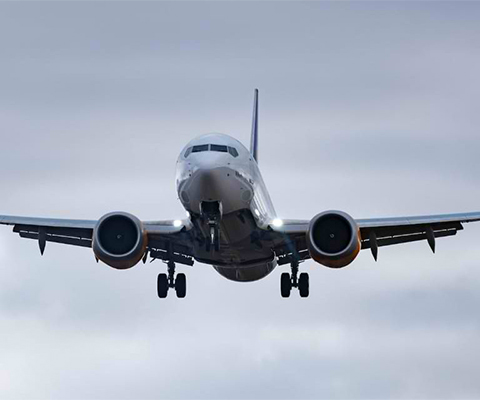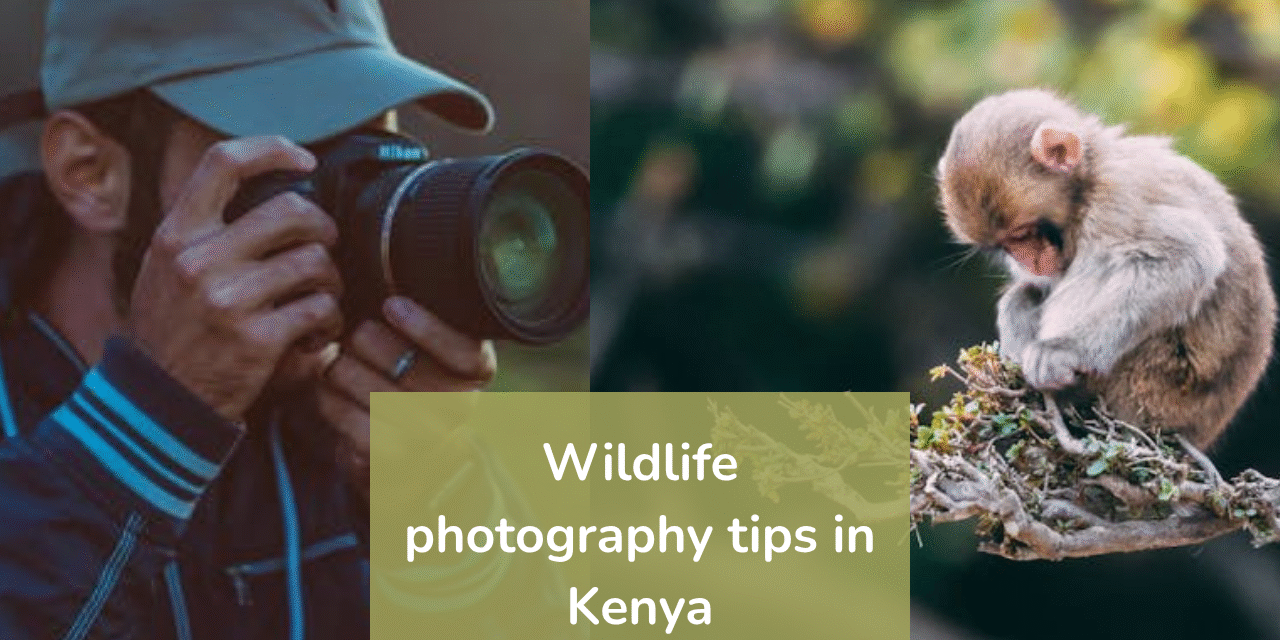By Hillary Kipkosgei
Wildlife photography is a powerful form of visual storytelling that captures the beauty, behavior, and diversity of animals in their natural environments. It goes beyond aesthetics, serving as a critical tool for conservation, education, and scientific research.
Wildlife photography requires patience, precision, and the right set of tools. Unlike other forms of photography, capturing animals in their natural habitat often involves unpredictable movement; such as long distances, and challenging environments. This makes specialized equipment essential.
Good gear such as fast cameras, long lenses, and sturdy tripods not only enhances image quality but also increases your chances of capturing rare and fleeting moments. Investing in reliable equipment ensures that you’re ready for action, even in rugged or low-light conditions, and helps tell powerful visual stories from the wild.
When you’re out in the wild chasing that perfect shot whether it’s a lion stretching at dawn or a bird mid-flight the gear you carry makes all the difference. Here’s a helpful list to guide you through what you really need and why you need it.
1. Binoculars – Your Scouting Eyes
Ever tried finding a tiny bird in a huge forest with just your eyes? Not fun.
Why you need them: Binoculars help you spot animals from far away before you even raise your camera. Get a feel for where the action is, and get ready to frame the shot.

Binoculars: Your eyes before the lens
2. Camera – Your Main Weapon
You probably already have your favorite camera body (or two).
What to look for: Fast autofocus, good burst mode, and solid low-light performance. Wildlife doesn’t wait for you ,your camera needs to be ready now, not later.
3. Lenses – The Closer, The Better
You want to get close to your subject without actually getting close.
What to pack: A telephoto lens (think 300mm to 600mm) is gold for wildlife. The longer the lens, the closer your shots while you stay safely at a distance.
4. Gimbal Head – Smooth Moves Matter
Big lenses are heavy and clumsy, right? That’s where a gimbal head saves your life.
Why bring one: It keeps your camera balanced and lets you pan smoothly when an animal is moving. No more shaky shots!
5. Backpack – Carry Smart, Shoot More
You’re not just packing for a stroll. You’re packing serious gear.
What to look for: A sturdy, weatherproof backpack with padded dividers. Your back (and your gear) will thank you later.
5. Batteries – Never Miss the Shot
Imagine seeing the perfect moment and your camera dies.
Don’t risk it: Carry at least two or three extra batteries, especially if you’re shooting all day or in cold weather. Power means freedom.
6. Memory Cards – Your Digital Film
Wildlife moments happen fast. You’ll be taking a lot of photos.
Tip: Use high-speed, high-capacity cards. Always have extras and keep them in a waterproof case.
7. Tripod Stand – Get Sharp Shots
Sometimes, you need to wait. Or you’re shooting in low light.
Why use it: A strong, steady tripod gives your arms a break and helps keep images sharp. Essential when using heavy lenses or waiting for that one perfect moment.
Wildlife Photography Safety Tips
Wildlife photography is thrilling but can be risky. You often work in remote areas and near wild animals, so safety is essential. Being prepared, respectful of nature, and aware of your surroundings helps protect both you and the wildlife. “You will be safe if you follow the tips below:”
-
Inform someone Where You’re Going
Always inform a trusted person like a friend, family member, or park ranger of your destination, expected route, and return time. In case of an emergency, this can be life-saving, especially if you’re out of cell service range.
-
Have a Good Map of the Terrain
Don’t rely solely on GPS or mobile apps, which may not work in remote areas. Carry a printed topographic map or a GPS device with offline maps. Knowing your terrain helps you avoid dangerous areas like cliffs, swamps, or restricted zones.
-
Adequately Prepare for Weather Changes
Wildlife photography often involves long hours outdoors. The weather can shift rapidly, especially in mountains or forests. Bring waterproof clothing, a hat, sunscreen, and layered clothing. Keep your gear protected with rain covers or dry bags.
-
Think About the Unexpected
Wildlife environments can be unpredictable. Bring essentials like a first-aid kit, flashlight, multi-tool, extra water and snacks, and a fully charged power bank. Know basic survival skills like how to build a fire or signal for help.
-
Abide by Local Regulations
National parks, game reserves, and nature sanctuaries often have specific rules to protect wildlife and visitors. Breaking these rules could harm the environment, or get you fined or banned.
-
People Are Mostly Nice, but There Are Exceptions
Most people you’ll encounter in the wild are friendly and helpful. Still, it’s wise to stay alert, especially if you’re alone. Avoid disclosing your exact location to strangers and keep your valuables secure. Trust your instincts if a situation feels off, leave.
-
Animals Are Mostly Harmless, but There Are Exceptions
While most wildlife wants to avoid humans, some animals may become aggressive if they feel threatened, especially if they are protecting their young or food. Never approach, feed, or corner animals. Carry bear spray or a loud whistle in areas where large predators are common, and learn about the specific wildlife in the area you’re visiting.
Don’t just pack your gear — plan smart too. For expert travel tips, destination guides, and practical advice on where to go and how to get there, we highly recommend checking out Travel Moran.
Whether you’re heading to the savannah, rainforest, or mountain trails, Travel Moran has the insights to help you travel safer, lighter, and smarter.










